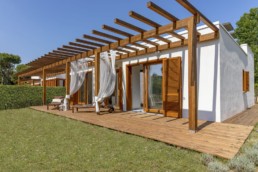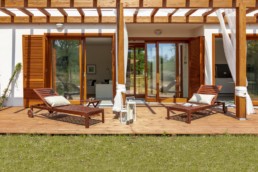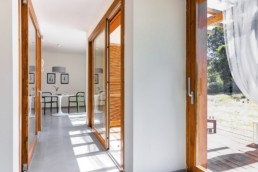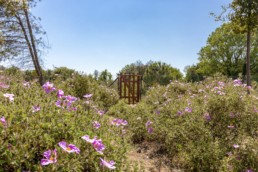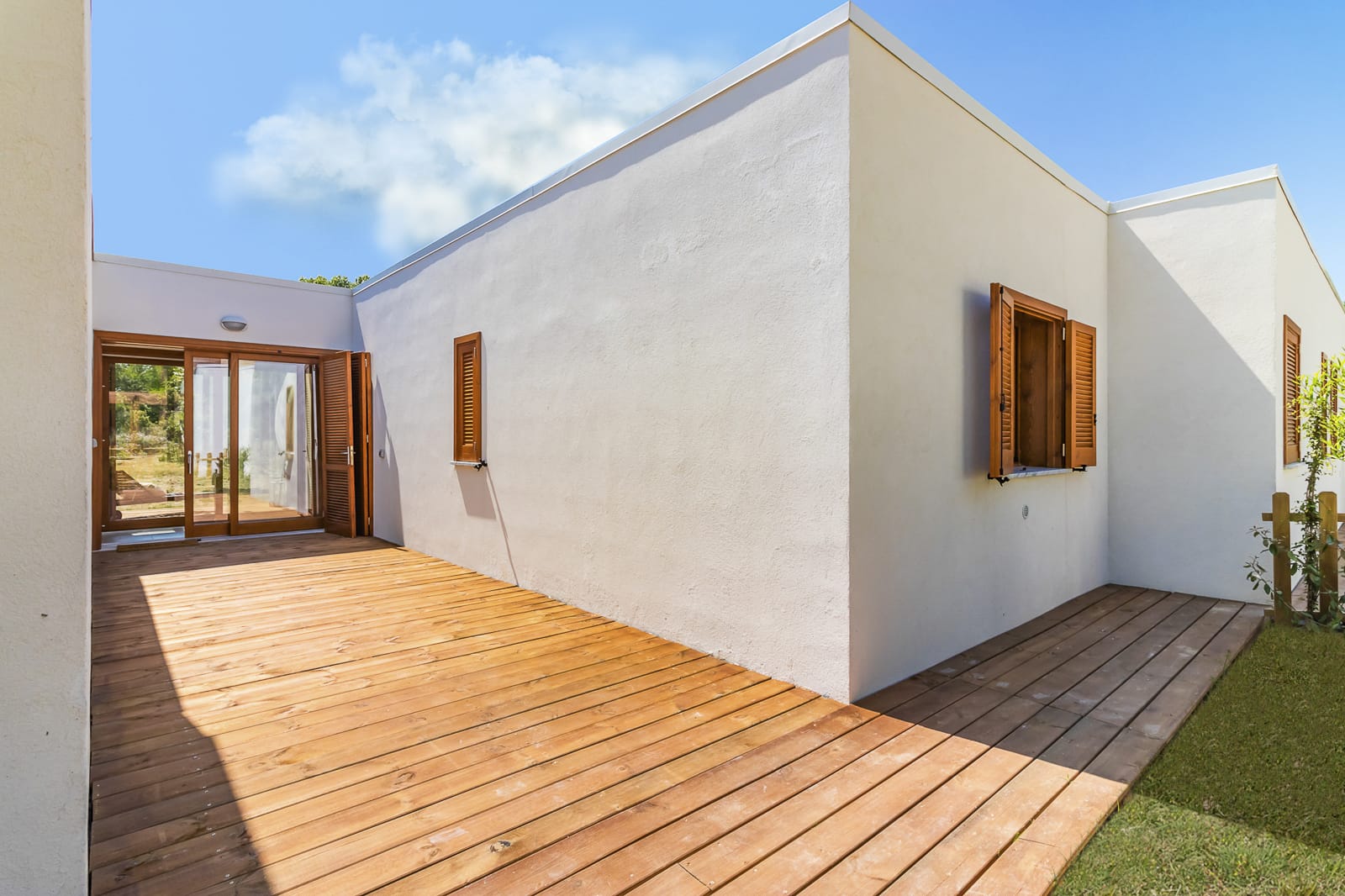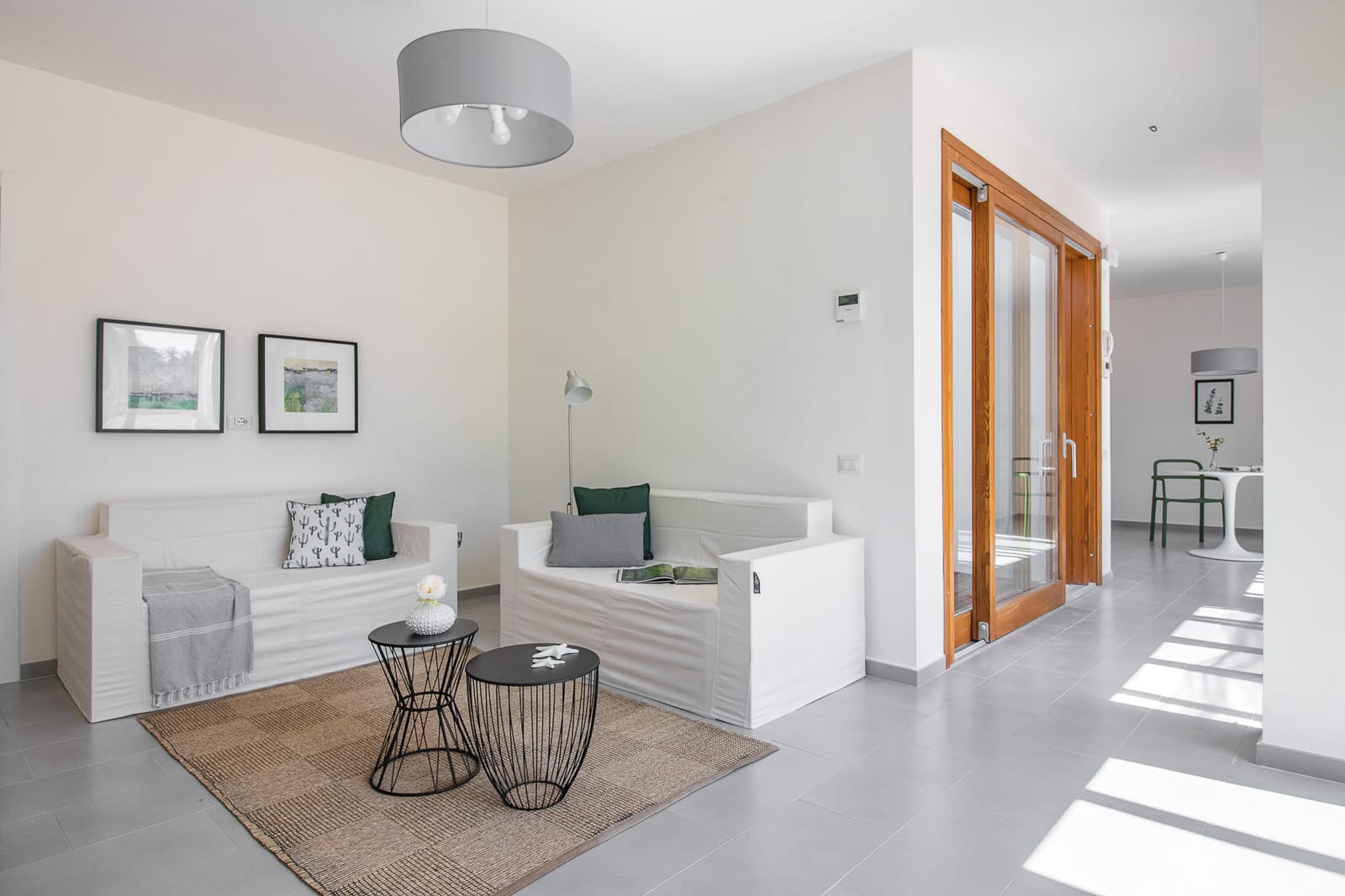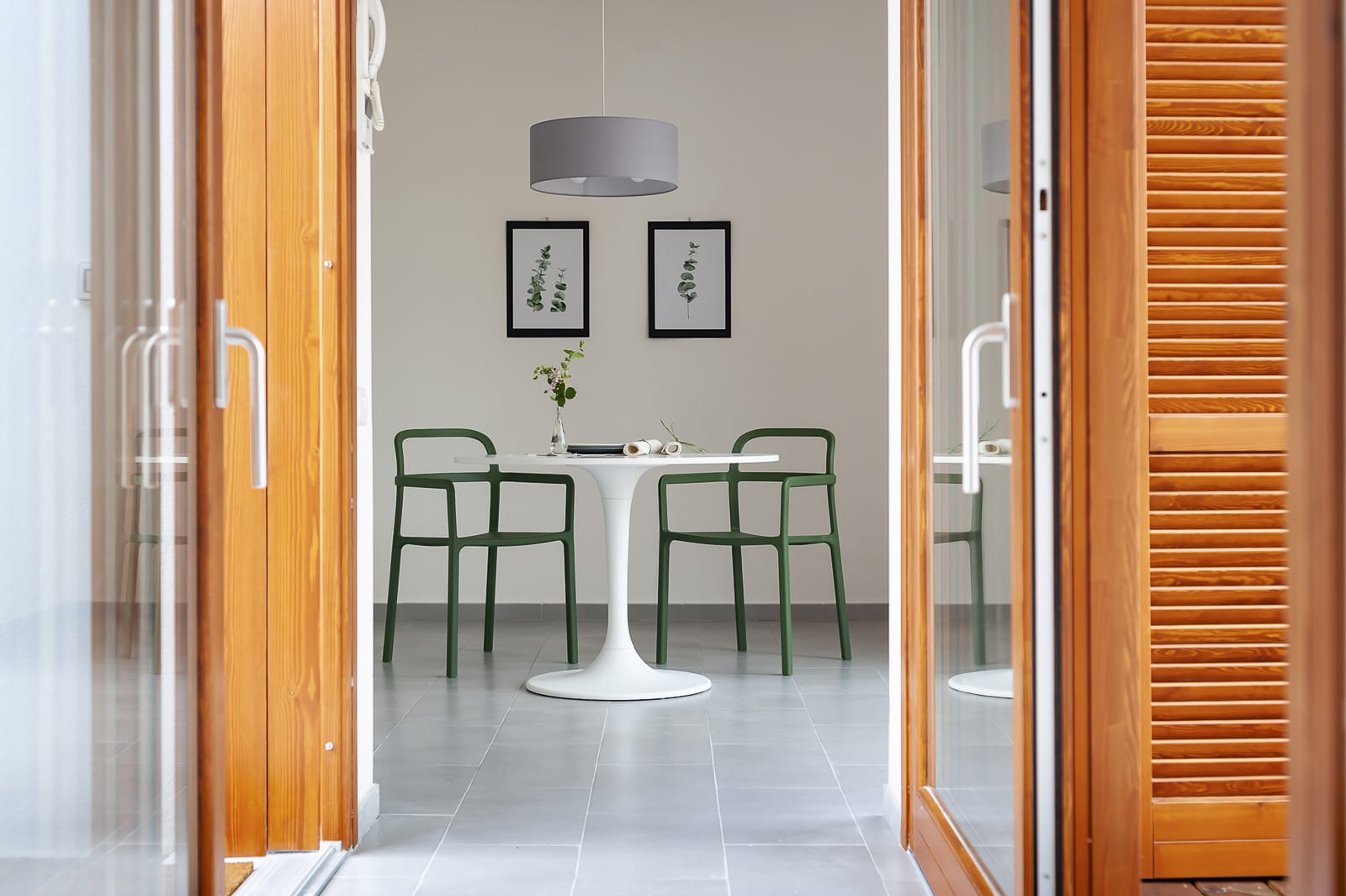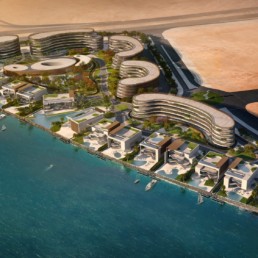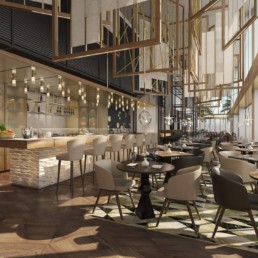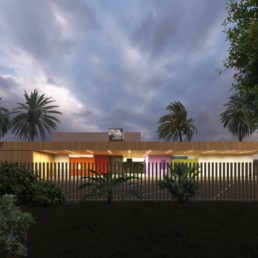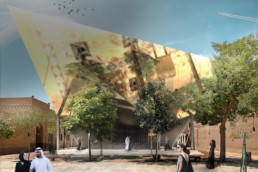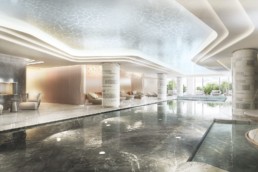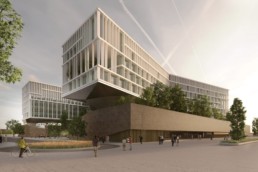Viareggio, Italy
Lagomare Residential Complex
Year: 2017 – 2019
Client: Lea Immobiliare s.r.l
Area: 7 Villas, 590 sqm indoor, 3.500 sqm outdoor
Status: Built
Design: Studio Costa Architecture
CDO: A. Costa
Design Director : L. Rocchi
Design Team: E. Casini, C. Ferri, G. Firmiano Vitiello
Visualizer: L. Rocchi
Visual Artist: M. Pace
Stucture: Eng. M. Zanon
Local Architect: Arch. L. Seppia
Viareggio, Italy
Lagomare Residential Complex
Year: 2017 – 2019
Client: Lea Immobiliare s.r.l
Area: 7 Villas, 590 sqm indoor, 3.500 sqm outdoor
Status: Built
Design: Studio Costa Architecture
CDO: A. Costa
Design Director : L. Rocchi
Design Team: E. Casini, C. Ferri, G. Firmiano Vitiello
Visualizer: L. Rocchi
Visual Artist: M. Pace
Stucture: Eng. M. Zanon
Local Architect: Arch. L. Seppia
The project includes the recovery of an already urbanized area and located within it a pre-existing, historical, well-known and now abandoned restaurant. Restoration of abandoned areas is a strongly current theme in modern architecture, aimed at the redevelopment of the existing building heritage and the conversion of urbanized land. The intervention foresees the demolition of the building and the reconstruction of 7 units, with residential use, that maintain the urbanistic qualities and do not alter the urbanized landscape.
The area of intervention, part of the largest residential settlement “Lago Mare”, is located just over 1 km away from the sea of Versilia which, with its lively cultural and social life, its rich and artistic landscape, is an important tourist destination. The strict land development regulations of the area testifies to the strong presence of a biodiversity, which has to be safeguarded according to the guidelines of the regulatory bodies. The analysis of the context has influenced the entire design highlighting its centrality.
Nature dialogues and integrates with the project, which makes sustainability its hallmark. The entire building envelope consists of a formwork technology in expanded polystyrene (EPS), which is high performing in terms of seismic (thanks to the concrete cast in situ inside), acoustic and thermal aspects. In addition, the composition of EPS is environmentally friendly, as it is entirely recyclable and the production of which requires lesser energy resources than the performance offered in its life cycle. The continuous research in protecting the environment is also evident in the choice of finishing materials,-natural, local, sustainable and aimed at reducing the environmental impact of the intervention. Neutral colours, wooden floors and vegetation which includes more than twenty different types of trees, mask the visual impact.
